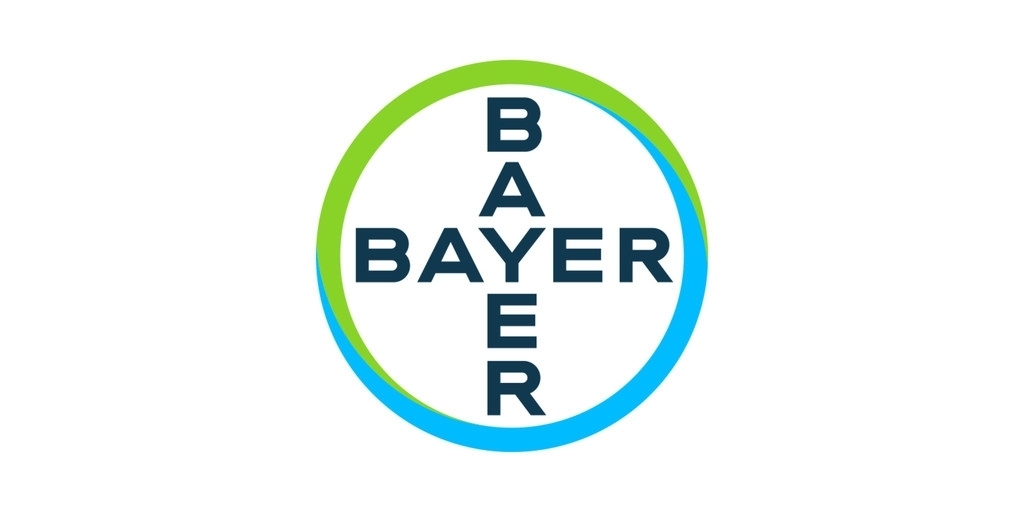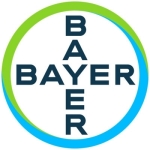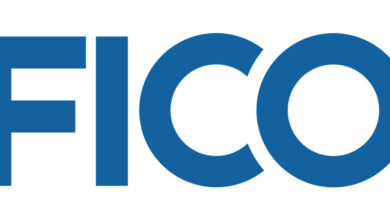New Publication Evaluates Awareness of High Breast Density as a Risk Factor for Breast Cancer

- Of the 3,000 women included in the analysis, only 39 percent were familiar with the concept of high breast density in the context of breast cancer and 31 percent were aware of high breast density as a breast cancer risk factor1
- An updated U.S. Food and Drug Administration regulation went into effect this month requiring mammography facilities to inform patients of their breast density as part of their mammography report, contributing to overall education about breast cancer risk factors2
WHIPPANY, N.J.–(BUSINESS WIRE)–In honor of World Dense Breast Day on September 25, Bayer announced today a new study, published in Patient Preference and Adherence, evaluating awareness and knowledge gaps of breast cancer risk factors (BCRFs) among women with and without high breast density (HBD). The study, a web-based survey, found only 39 percent were familiar with the concept of HBD in the context of breast cancer, and 31 percent were aware of HBD as a Breast Cancer Risk Factor (BCRF). Three thousand women were surveyed from six different countries – the United States, Germany, Italy, South Korea, Brazil and Mexico (500 from each country). The survey was supported by Bayer and conducted with Trinity Life Sciences in the U.S., University Medical Center Utrecht in the Netherlands and University Medical School of Saarland in Germany.1
The new publication comes as an updated U.S. Food and Drug Administration (FDA) regulation, which went into effect earlier this month, now requires mammography facilities to provide patients with an overall assessment of their breast density as part of their mammography report. They must also inform patients that dense tissue makes it harder to find breast cancer on a mammogram and also increases the risk of developing breast cancer. These facilities will also be required to inform patients with dense breasts that in some people with dense tissue, other imaging tests in addition to a mammogram may help find cancers.2
HBD is one of the strongest independent and non-modifiable BCRFs. In fact, women with extremely dense breast tissue have a 4.6-fold increase in breast cancer risk compared to women with almost totally fatty breast tissue.3 The lack of awareness of BCRFs, which include but are not limited to, breast density, sex, age, family history, late first pregnancy, obesity, alcohol intake, smoking, low physical activity, and hormone replacement therapy, can contribute to delays in screenings, missed opportunities for early breast cancer detection and potentially lead to poorer health outcomes.4,5
“Breast cancer is the most frequently diagnosed cancer among women worldwide6 and it’s critical that patients have easy access to information about risk factors, including extremely dense breasts,” said Wagdy Youseff, Head of Medical Affairs, Radiology Americas. “Bayer is committed to investing in important initiatives like this assessment to help build awareness of the need for further patient education and encourage discussions with HCPs about breast cancer screenings and risk factors.”
Given the majority of women polled in the study (63 percent) cited health care professionals (HCPs) as the most relevant source of information about breast cancer, increasing education among HCPs and their patients about BCRFs is a key factor for overall breast cancer awareness and improved screening participation. As breast cancer is one of the world’s most commonly diagnosed cancer among women, educating patients about BCRFs, including breast density, may create opportunities for early detection.7
For more information about the study, please visit: https://www.ncbi.nlm.nih.gov/pmc/articles/PMC11298181/#cit0008.
About Bayer
Bayer is a global enterprise with core competencies in the life science fields of health care and nutrition. In line with its mission, “Health for all, Hunger for none,” the company’s products and services are designed to help people and the planet thrive by supporting efforts to master the major challenges presented by a growing and aging global population. Bayer is committed to driving sustainable development and generating a positive impact with its businesses. At the same time, the Group aims to increase its earning power and create value through innovation and growth. The Bayer brand stands for trust, reliability and quality throughout the world. In fiscal 2023, the Group employed around 100,000 people and had sales of 47.6 billion euros. R&D expenses before special items amounted to 5.8 billion euros.
Find more information at https://pharma.bayer.com/
Follow us on Facebook: http://www.facebook.com/bayer
Follow us on X: @BayerPharma
Forward-Looking Statements
This release may contain forward-looking statements based on current assumptions and forecasts made by Bayer management. Various known and unknown risks, uncertainties and other factors could lead to material differences between the actual future results, financial situation, development or performance of the company and the estimates given here. These factors include those discussed in Bayer’s public reports which are available on the Bayer website at www.bayer.com. The company assumes no liability whatsoever to update these forward-looking statements or to confirm them to future events or developments.
_____________________________
1 Endrikat J, Schmidt G, Oak B, Shukla V, Nangia P, Schleyer N, Crocker J, Pijnapppel R. Awareness of Breast Cancer Risk Factors in Women with vs. Without High Breast Density. Patient Prefer Adherence. 2024 Jul 31;18:1577-1588. doi: 10.2147/PPA.S466992. PMID: 39100427; PMCID: PMC11298181.
2 Important Information: Final Rule to Amend the Mammography Quality Standards Act (MQSA). U.S. Food and Drug Administration. Updated September 10, 2024. Accessed September 17, 2024. https://www.fda.gov/radiation-emitting-products/mammography-quality-standards-act-mqsa-and-mqsa-program/important-information-final-rule-amend-mammography-quality-standards-act-mqsa.
3 McCormack VA, dos Santos Silva I. Breast density and parenchymal patterns as markers of breast cancer risk: a meta-analysis. Cancer Epidemiol Biomarkers Prev. 2006 Jun;15(6):1159-69. doi: 10.1158/1055-9965.EPI-06-0034. PMID: 16775176.
4 Łukasiewicz S, Czeczelewski M, Forma A, Baj J, Sitarz R, Stanisławek A. Breast Cancer-Epidemiology, Risk Factors, Classification, Prognostic Markers, and Current Treatment Strategies-An Updated Review. Cancers (Basel). 2021 Aug 25;13(17):4287. doi: 10.3390/cancers13174287. PMID: 34503097; PMCID: PMC8428369.
5 Breast Cancer Treatment (PDQ)–Patient Version. National Cancer Institute. Updated: August 23, 2024. Accessed September 17, 2024. https://www.cancer.gov/types/breast/patient/breast-treatment-pdq#_125www.cancer.gov/types/breast/patient/breast-treatment-pdq.
6 Breast cancer statistics. World Cancer Research Fund International. Accessed September 23, 2024. https://www.wcrf.org/cancer-trends/breast-cancer-statistics/#:~:text=Breast%20cancer%20is%20the%202nd,number%20one%20cancer%20in%20women.
7 Cronin KA, Scott S, Firth AU, et al. Annual report to the nation on the status of cancer, part 1: National cancer statistics. Cancer. 2022; 128(24): 4251-4284. doi:10.1002/cncr.34479.
PP-PF-RAD-US-1199 September 2024
Contacts
Media
Jennifer May
+1 412 656-8192
[email protected]



